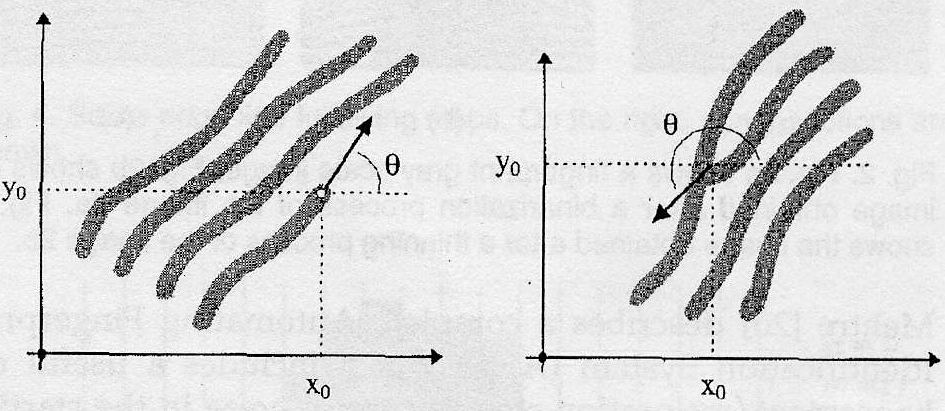
Introduction
Fingerprint recognition is part of the larger field of Biometrics. Other techniques of biometrics include face recognition, voice recognition, hand geometry, retinal scan, ear surface and so on. In our project, we will attempt to develop a method of fingerprint verification, building on the ideas of current literature. Finger verification is different from complete fingerprint identification in that a test fingerprint image is matched to a good database of reference images. It is used for example, in security verification system. Therefore, we assume our images to be of reasonably good quality.
A characteristic of fingerprints that is commonly used in fingerprint recognition are the ¡§minutiae¡¨ of a fingerprint. The black lines in a fingerprint are called ridges by convention, while the white lines are called the valleys. Minutiae are characteristics and ends of ridges that might help identify an individual. This pattern is unique for each individual. A method commonly used is therefore to correlate the minutiae pattern of fingerprints (Other ways of fingerprint matching without using minutiae might include matching of eigen-features [12] or [7])
The American National Standards Institute has proposed a minutiae classification based on four classes: terminations, bifurcations, trifurcations, and undetermined [1]. In our project, we will follow the identification model used by the Federal National Bureau of Investigation [2]. This model is based on two minutiae classification: termination and bifurcation (Figure 1). Based on the minutiae from the images, we will decide whether any two fingerprint images are from the same person or not.

Figure
1.
¡@